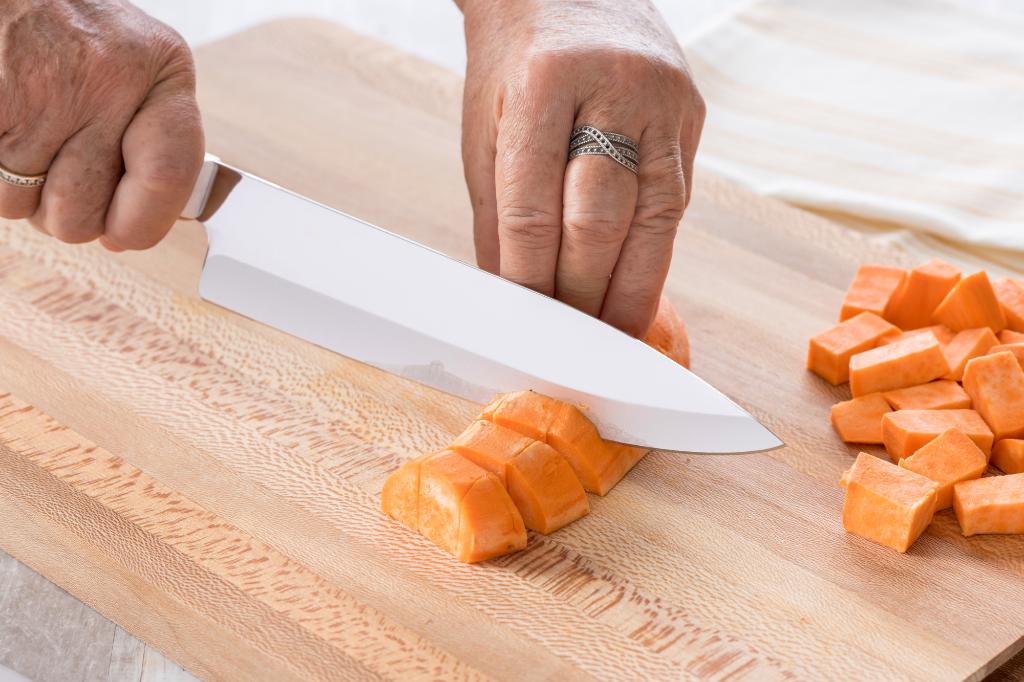What Do You Call a Knife Used to Slash Bread Dough? It's Here - Unmissable Insights
Written By James Morgan
Barbecue and baking might seem worlds apart, but for barbecue enthusiasts who take pride in every culinary aspect of their gatherings, understanding all elements of food preparation is crucial. Today, we dive into a seemingly simple yet remarkably specialized subject: what do you call a knife used to slash bread dough?

The Lame: Your Essential Bread Scoring Tool
For those of you who take baking as seriously as barbecuing, you may already be familiar with the lame. The word is pronounced as lahm and refers to the specialized razor-like tool used to score bread dough before baking. This delicate yet essential process is known as scoring, which allows the dough to expand properly during baking, resulting in those desirable, picturesque bread loaves.

Why Scoring Dough is Important
Scoring bread dough is not just an art but a science that directly impacts your baking results. When you skillfully use a lame to slash dough, it helps to control the breads expansion. This step is crucial for achieving a perfect crust and avoiding any unsightly cracks on the surface of your bread. For barbecue enthusiasts who often prepare side dishes to accompany their main event, understanding the science behind this process can elevate your entire meal.

Types of Lame Knives
Like any other specialized tool, lames come in various types. Below, we delve into some common variations:
- Straight Blade Lame: Ideal for straight cuts and simple designs.
- Curved Blade Lame: Best suited for intricate designs and deeper cuts.
- Double-Edged Lame: Versatile, offering both straight and curved cutting edges.
Choosing the Right Lame Knife
When deciding which lame to buy, quality matters. A high-quality lame ensures cleaner cuts and better results. Look for designs that offer a comfortable grip and easy blade replacements. Brands vary in quality, but many barbecue enthusiasts have found successful results with known names like Bread Lame.

Incorporating Your New Knowledge into Barbecuing
At first glance, using a lame to enhance your barbecue might seem odd. However, the bread you bake and serve can accentuate your dishes. Imagine freshly baked bread accompanying a juicy steak or a flavorful grilled chicken. That visual appeal and taste can be precisely what differentiates an ordinary barbecue from an exceptional one.
How to Use a Lame Knife: Techniques and Tips
Using a lame effectively requires some skill and practice. Heres a step-by-step guide:
- Preparation: Ensure your dough is adequately proofed and ready for baking.
- Grip: Hold the lame like a pen, keeping it at a shallow angle to the doughs surface.
- Technique: Make confident, swift cuts, avoiding dragging the blade to prevent tearing.
- Designs: Experiment with different patterns that not only look appealing but also improve baking results.
Maintaining Your Lame Knife
Proper maintenance extends the life of your lame and ensures its effectiveness. Regularly check the blade for sharpness and replace it when necessary. A dull blade can tear the dough, leading to less than ideal results.
External Resources and Learning
For those eager to dive deeper into knife skills, reputable resources such as NYTimes Cooking Knife Skills and BBC Bitesize offer insightful guides.
Commonly Asked Questions
Q1: Can I use a regular knife instead of a lame?
A: While a sharp kitchen knife can work in a pinch, a lame offers unique control and precision that a regular knife cannot match.
Q2: How often should I replace the blade on my lame?
A: The frequency depends on usage, but generally, replace the blade when it starts to feel dull and no longer makes clean cuts.
Q3: Are there other uses for a lame in cooking?
A: While primarily designed for scoring dough, some chefs use lames for intricate pastry work or other fine cuts that require precision.
As an Amazon Associate, I earn from qualifying purchases.



